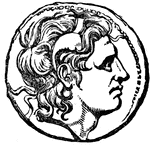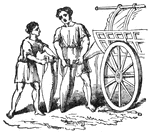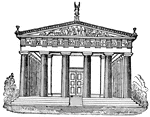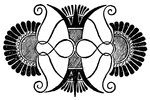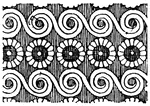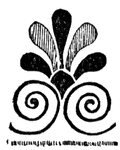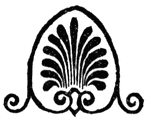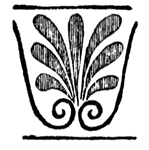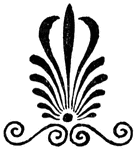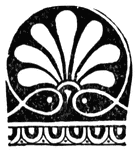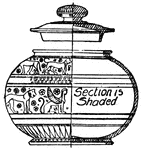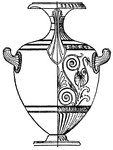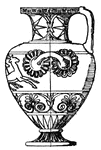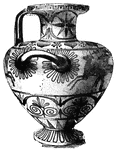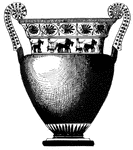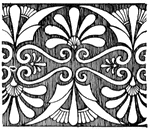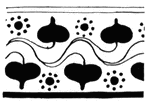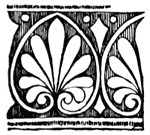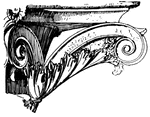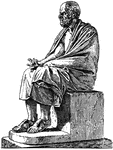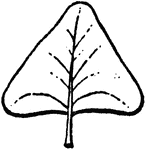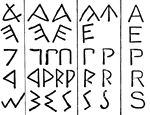
Anthemion
An ornamented series used in Greek Roman decoration, which is derived from floral forms, more especially…
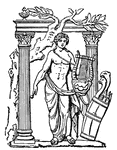
Phoebus Apollo
Apollo was the son of Zeus and Leto, twin brother of Diana, one of the principal gods of the Greeks,…
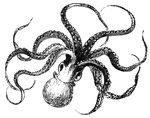
Octopus
Part of the cephalopod group. The name cephalopod is derived from two greek words which mean feet on…

Types of Greek Frets
Three types of Greek fret patterns. a) simple fret, b) a compound fret, c) rosetted fret.
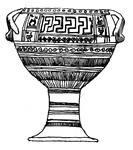
Greek Vase
Geometric style vase, often called "Dipylon style" or "Dipylon vases" because of the number of vases…
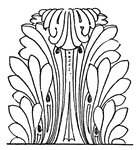
Acanthus Leaves
The Roman acanthus constitutes a type, rather than a particular form of leaf. As compared with the Greek…
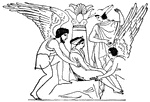
Athenian Lecythus
Greek Vases made especially to deposit in tombs, and are ornamented with polychrome figures on a white…
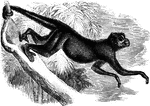
Spider Monkey
"The Greek word ateles signifies imperfect, and is applied to this genus in allusion to the absence…
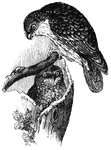
Athene conneviens
Athene conneviens, which derive their name from the Greek goddess of wisdom, supposedly for their meditative…
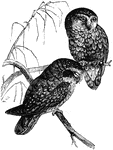
Athene Maculta
Athene maculta, which derive their name from the Greek goddess of wisdom, supposedly for their meditative…
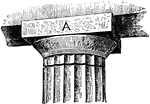
Abacus
"In architecture the slab or plinth which forms the upper member of the capital of a column or pillar,…
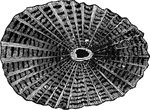
Greek fissurella
"The Greek Fissurella, F. Græca, is found in the Mediterranean and the Indian Ocean.…
Excerpt from the Rosetta Stone
"In 1799, the Rosetta Stone was found and gave the first key to the reading of hieroglyphics. On this…

Rosetta Stone Sample
"In 1799, the Rosetta Stone was found and gave the first key to the reading of hieroglyphics. On this…
Rosetta Stone
"In 1799, the Rosetta Stone was found and gave the first key to the reading of hieroglyphics. On this…
